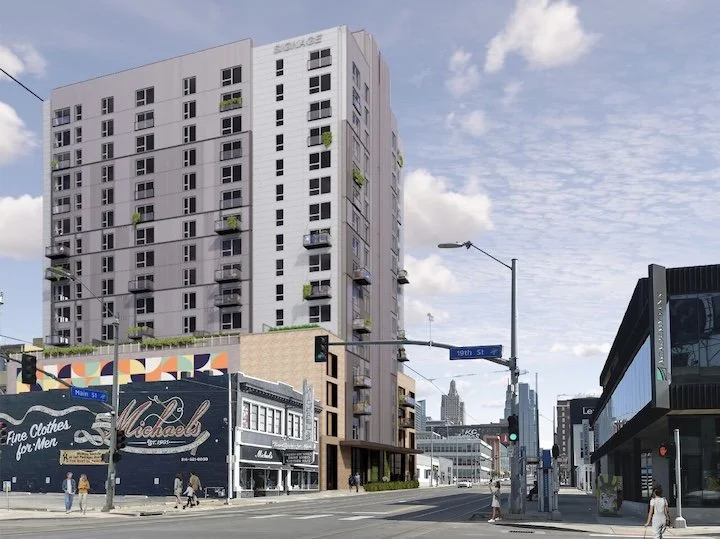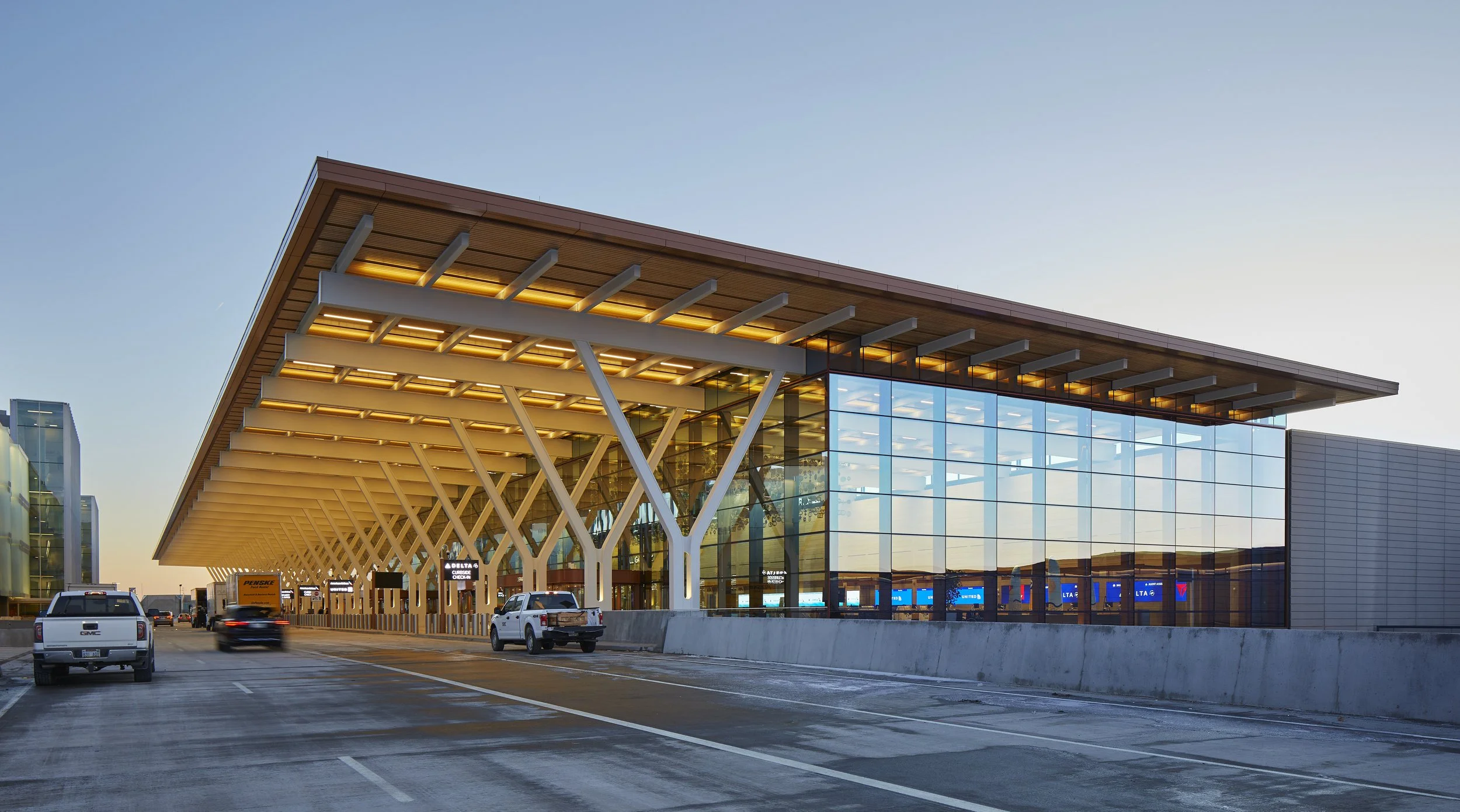In July 2023, Port KC and the Kansas City Current unveiled an ambitious 10-year master plan to transform Berkley Riverfront into a vibrant, mixed-use district. This collaboration is set to revitalize the area, blending residential, commercial, and recreational spaces to create a dynamic urban destination.
As of early 2025, construction is well underway, with significant progress already made. Spanning approximately 10 acres, the development will feature two seven-story apartment buildings with 1,038 residential units, 10% of which will be designated as affordable housing. The project also includes 53,000 square feet of retail space, a "Crew Quarters" building with indoor-outdoor restaurant facilities, and a town square with a central plaza and splash pad. A scenic riverfront promenade will further enhance the area, providing a welcoming space for activities like dog walking and leisure strolls.
More than two acres of community and gathering spaces will host year-round events such as movie nights, food festivals, fitness classes, and live music, fostering a strong sense of connection and engagement.
Above: The scenic Berkley Riverfront promenade facing the Missouri River. Image courtesy of Port KC
The Origin Hotel Kansas City, a boutique hotel featuring pet-friendly accommodations and pre-game dining at its Show Pony restaurant, is ready to welcome guests. Additionally, Two Birds, One Stone—a two-story beer garden offering outdoor food and entertainment—is set to open soon, with an exact date to be announced.
Further boosting the area's accessibility, the KC Streetcar's Riverfront Extension is expected to be operational by early 2026. The first phase of the development is scheduled for completion ahead of the 2026 FIFA World Cup, positioning Berkley Riverfront as a premier destination for residents and visitors alike.
This transformative project reflects Kansas City's commitment to revitalizing its riverfront, creating a walkable, high-density district that honors the area's rich history while embracing modern urban living.
Header image: A rendering of the 10-acre Berkley Riverfront Development is a 10-year project that will bring multifamily housing, retail, and business to the riverfront area. Image courtesy of Pork KC










